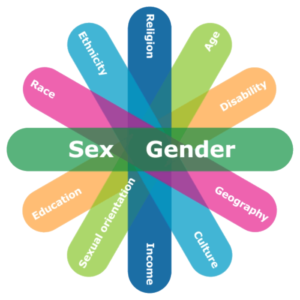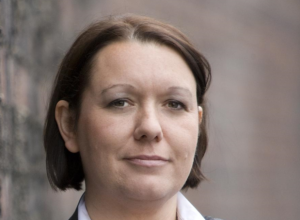Diversity in Crisis Communications
Using different lenses for planning and response
Preparedness in responding to a crisis is the duty of all organizations, across all sectors. Having the ability to immediately respond effectively and efficiently can make the difference between life and death and, reduce the time and severity of a crisis, as well as mitigate potentially devastating costs both to reputation and monetarily.
Consider Intersectionality
While there is universality to the crisis, culture, diversity, and intersectionality must be considered during all stages of a crisis from steady-state planning to response and recovery. How these areas of society interpret and respond to a crisis will play a strong role in the effectiveness of the response.
Due to the need for an immediate response, these factors are often neglected. Considerations about age, gender, sexual orientation, race, ethnicity, language, nationality, religion, occupation, income, education, mental and physical abilities of your audiences all need to be made, in order to ensure optimal preparedness and ability to respond effectively.
When integrating these considerations into your planning, the “one message sent to all, via one channel” approach is no longer appropriate, and you might find yourself grappling with how to reach everyone in a short time span.
In addition, there is an added challenge of an increasingly diverse channel set for communicating, of which audiences are choosing communications platforms based on their specific needs and cultural values. Demand for messaging through all of these channels can seem endless.
Crisis communication research and best practices have traditionally been built on a “mass communication paradigm” delivered via sender-oriented perspectives. Traditional communication and public relations research have interpreted culture as a “common cultural understanding,” but nowadays the demand of modern society is using the lens of increasing diversity.
In order to meet this demand, crisis communication experts must adapt to reality, and incorporate strategies for responding adequately in a culturally diverse society.
1. Embrace the complexity
Recognizing and acknowledging the fact you’re dealing with increasing complexity is the first step; ignoring it will only cost you in the long run. Secondly, the only way to approach a solution for this is to meet it with innovative and open-minded strategies. The reality is, you’re going to have to look at making your planning team more diverse in order to break down the current barriers and identify which lenses you need to look through. In current state, many planning groups are homogenous and typically have similar backgrounds, educations, interests, and experiences, which can impede your ability to detect, understand, and recover from a crisis when dealing with diverse societies. Bring people in from across the organization to help you with the development of intersectional, diverse communications strategies.
2. Use a holistic approach
Gone are the days, when you can just “wing it” when a crisis happens. A greater emphasis on the planning and recovery phases of a crisis is pertinent to the success of the response. Develop good working relationships with stakeholders, and all relevant players including associations, political, and religious groups. Build trust and establish strong networks ahead of time and use them to help you develop resources and strategies that will reach a broader range of people.
3. Incorporate Diverse Media Strategies
While it’s good practice to focus on interpersonal networks first, and media, digital (web & social media), and telephone networks second, it’s vital that you consider local minority media (television, social media, and radio). Oftentimes, local minority media may be associated with political or religious groups so you’ll need to be aware of this and the trust they have established with stakeholders before including them in your network.
4. Identify Champions of Diversity
Identifying informal leaders is one of the oldest strategies in mass communication. Nevertheless, it’s a useful approach for ensuring a diverse range of people and their interpretations of reality are met. Typically, these champions will have slightly higher levels of education and status, consume more media and have large networks. Look to leaders with diverse backgrounds and experiences.
5. Practice and Engage
What do you do now? Practice. Practice. Practice. Invite, interact, and involve people with culturally diverse backgrounds as participants and target groups during practice exercises and training. It’s common for regular training to occur and this can have dire implications for your organization. Training must be carried out regularly and diversity must be considered in order to ensure multicultural crisis communication competencies within your organization.
The world will continue to become more complex culturally, and it is your responsibility to ensure you’re meeting the demands of your audiences. Rising to the challenge can, and must, be done by diversifying your planning team, identifying and wearing different lenses, and ensuring preparedness to maintain trust and understanding. This approach will save time, money, energy, and even lives.
Written by: Katie Robertson, Crisis Communications Expert, Principal at Centre for Crisis and Risk Communications, GBA+ trained.












